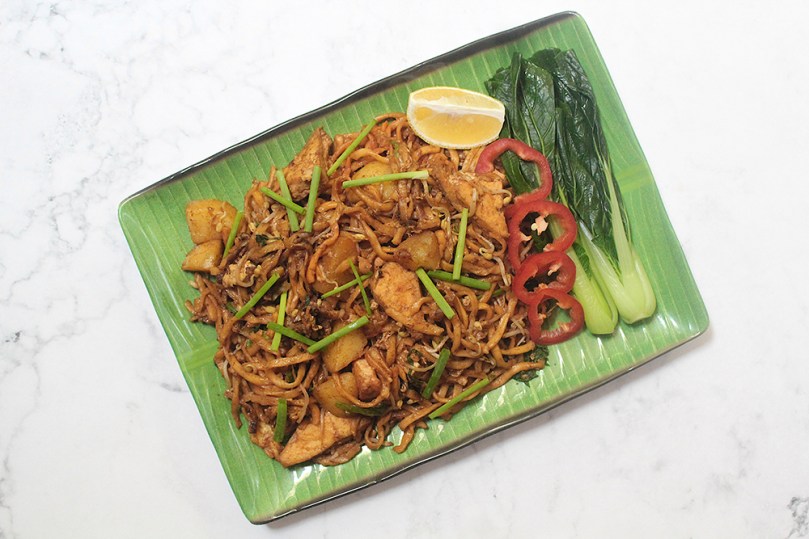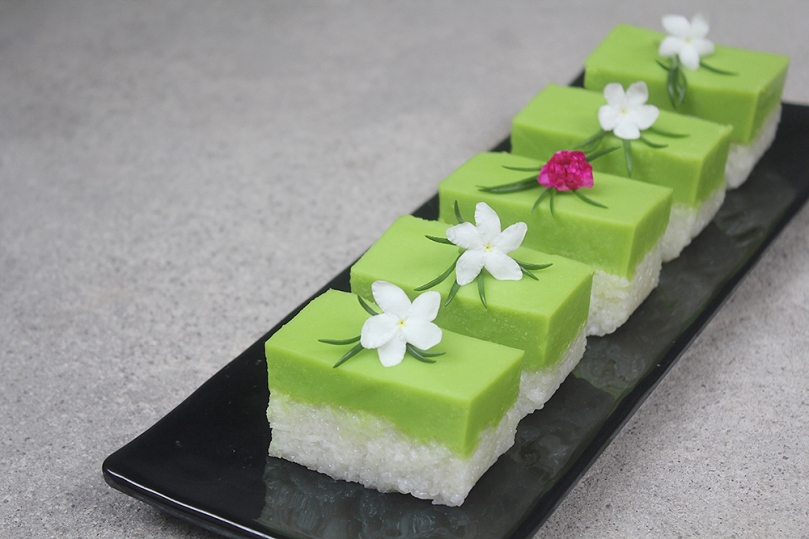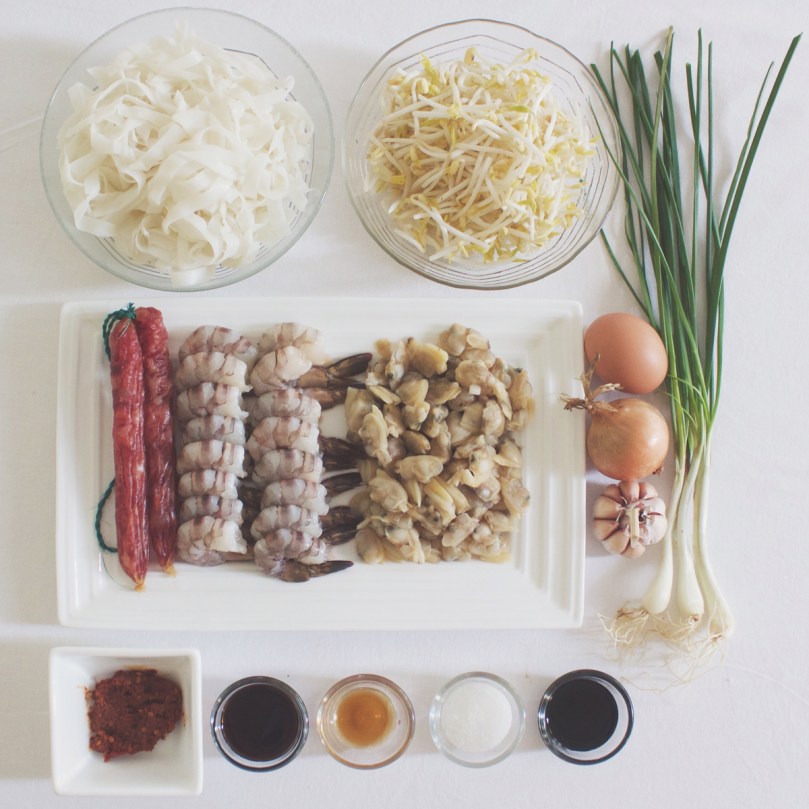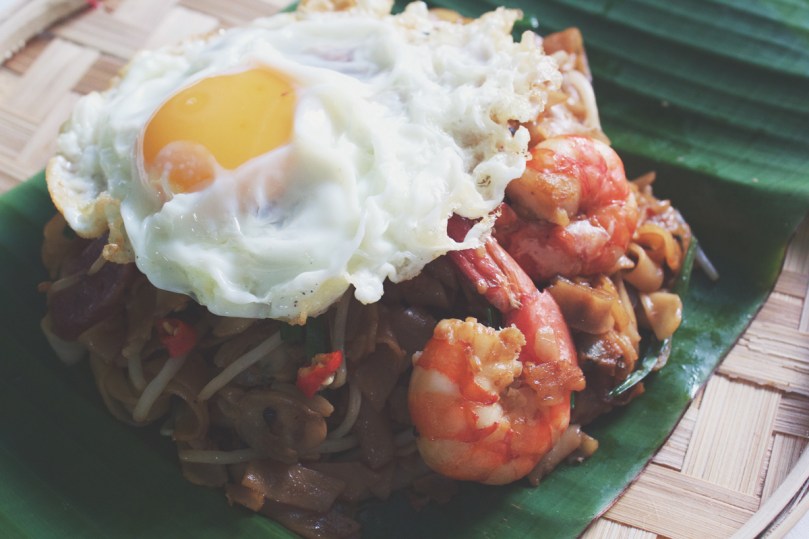Hello Everyone! We’re venturing forward on our Flavours of Southeast Asia journey through Malaysia with a dish that’s very close to my heart. Now, you probably already know that there are countless recipes for mee goreng (fried noodles), that vary depending on its country or region of origin, but tonight in particular, I will be sharing a Mamak-style mee goreng dish; a staple of ours that we would always order when my family and I were at our favourite roti canai eatery.

Mamak is a local word used to describe people of Indian-Muslim origins in Malaysia; and thus with these two cultures merging together created a unique dish known as Mee Goreng Mamak, or in English, Mamak-style Stir-Fried Noodles. It is normally made with fresh egg noodles, boiled potatoes, fried tofu, and Chinese greens of choice that is tossed in a delicious sauce, but you can also bulk it up with other proteins such as chicken, squid, or seafood. Pork and beef are typically avoided for obvious reasons.
If you’re looking for a way to change up your weeknight noodle meals, then this is a recipe you should definitely try out. It’s quick, easy, and made with ingredients that you can easily source at your local market or grocer. Mee Goreng Mamak is a delicious blend of spicy, savoury, sweet, tangy, smoky (from all that wok hay), and sticky flavours in a single dish. The recipe that I will be sharing tonight is perfect for ovo-vegetarians.

PREP TIME 15 MINS | COOKING TIME 30 MINS | SERVES 4
INGREDIENTS
For the sauce
- 1/2 cup water
- 2 tbsp ketchup
- 2 tbsp light soy sauce
- 1 tbsp curry powder
- 1 tbsp dark soy sauce
- 1 tbsp sambal paste
- 2 tsp white granulated sugar
For the noodles
- 2 x 500g packs fresh yellow noodles, washed and drained*
- 4 pcs firm tofu, fried and cut into chunks
- 2 medium-sized cooked potatoes, peeled and cut into chunks
- 2-3 garlic cloves, minced
- Spring onion
- 2 large free-range eggs
- Handful of celery leaves
- 1/2 cup bean sprouts
- Oil, for cooking
- Chinese cabbage, blanched
- Red pepper, sliced
- Lemon wedges, optional
*Fresh yellow noodles are usually oiled. Rinse it in cold water to loosen up the threads and remove part of the oil, or you can quickly blanch it in hot water and drain before using.
METHOD
- Sauce: In a medium-sized bowl, mix all the ingredients together until well combined. Set aside until ready to use.
- Mee Goreng Mamak: Add oil in a large pan over high heat. Add the garlic and white/light green part of the spring onion and sauté until the garlic is lightly golden and fragrant, about 30 seconds.
- Add the yellow noodles and fry for about a minute or two. Push the noodles to the side and add the eggs. Let the eggs cook a little to set and then mix it into the noodles.
- Add the fried tofu, cooked potatoes, celery leaves, and the sauce mixture to the noodles. Toss until the noodles are evenly coated with the sauce, frying for about 3 to 4 minutes. Try not to mix too hard or it will break up the noodles into tiny threads.
- Add the remaining spring onion and bean sprouts. Give it another quick toss, about a minute or so for the bean sprouts to cook.
- Once done, transfer to individual serving plates and serve with red peppers and Chinese cabbage (or any greens of your choice). Garnish with a squeeze of fresh lemon juice and enjoy immediately while hot!


BON APPÉTIT
– Ally xx











